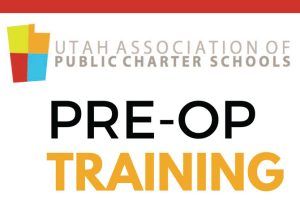Evidence-based practices (EBPs) in many fields, including education, are poised to make the world a better place, to add credible value to the lives of people in general, and in particular to the lives of students. The promise embedded in EBPs for students can only be achieved if implemented well and to good effect. That is, implemented with needed levels of fidelity, consistency, and in quantities that leverage intended results (i.e., high-level student learning).
Supporting educators in weaving EBPs into their day-to-day practice is fraught with challenge. One factor that appears to encourage or discourage the use of a newly learned EBP is the consequences a teacher encounters when using the EBP. If the consequences of EBP use are positive, then the EBP is more apt to be used in the future. However, if the EBP produces negative consequences when used, then the EBP is less apt to be used in the future.
Daniels and Lattal (2017) report that three dimensions of consequences strengthen or weaken future behavior, and in this case, EBP use. Applying these dimensions, if educators experience a NIC consequence when using a practice, the likelihood of its use will decline in the future. That is, if EBP use results in negative (N) consequences that occur immediately (I), and when used repeatedly, the negative consequences are certain (C), or consistently produces negative consequences, then the EBP will be used less and less in the future. However, if use of an EBP results in positive (P) consequences that occur immediately (I) and when used repeatedly, the positive consequences are certain (C), or consistently produces positive consequences, then the EBP will be used more and more in the future.
Joyce and Showers (2006) report that if coaching does not follow PD to the classroom, then migration of EBPs to classrooms is limited. They report that only 5% of professional development (PD) participants will transfer EBPs from the PD setting to their classroom settings if coaching is not provided. Instructional coaches are powerful, both because of their skill in working alongside teachers to migrate EBPs to classroom settings, but also because they can engineer for teachers to encounter PIC consequences when first using an EBP and steer them away from NIC consequences.
I offer three situations where instructional coaches (IC) can engineer PICs for EBP use. Situation 1: The IC models for the teacher how to use the EBP in his classroom with his students. This allows the teacher to see the EBP under the load of classroom demands and exposes the types of mistakes common under typical classroom demands. Situation 2: The IC increases behavioral supports to students in the classroom during the teacher’s first attempts at EBP use. This allows the teacher to focus on execution of the EBP without having to worry about managing students. Situation 3: The IC organizes a practice session in the teacher’s classroom without students, which decreases the load on the teacher, supporting him in practicing the vital elements of the EBP before executing it under full load, when students are present.
Instructional coaches are influential in coaching up EBPs by cultivating PICs and shepherding teachers away from NICs. If Utah State Universities’ Center for the School of the Future may assist you with coaching EBP use in your school contact david.forbush@usu.edu.
Daniels A. & Lattal A. (2017). Life’s a PIC/NIC when you understand behavior. Hudson, New York, Sloan Publishing.
Joyce B. & Showers B. (2002). Student achievement through staff development. Alexandria, Virginia. Association for Supervision and Curriculum Development.









